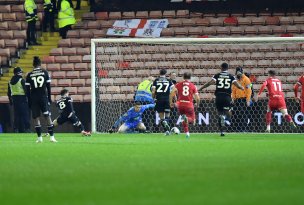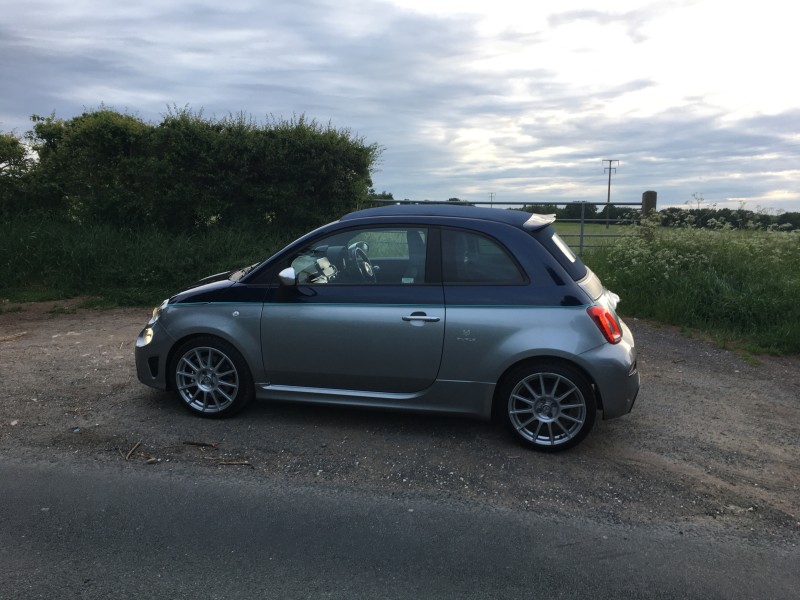ONE of the motoring world’s most simplest of pleasures is barrelling down a countryside lane in a lightweight car that’s brimming with feel. It’s why I’ve always preferred hot hatchbacks to any other type of car. They’re simple, in most cases affordable and blindingly quick point-to-point, meaning they have an uncanny ability of embarrassing cars worth much more.
Hot hatches - which belie their humble origins and turn into crazed, corner-loving terriers at the first glimpse of a B-road - come into the equation when roads become twisty and show just why they’re loved by the UK market.
However, cars of today are very different to what they were a decade or so ago. We were blessed with a series of naturally aspirated, manual Clios and Civic Type Rs which were affordable to most people, but now a German-led power battle has ensued and simple cars are a thing of the past. Twin-clutch gearboxes, 350bhp and sub-four-second sprints to 60mph are commonplace - unthinkable a handful of years ago and once reserved for cars with six-figure price tags.
Abarth, Fiat’s performance arm, can arguably be credited for turning around the once-ailing Italian firm’s fortunes thanks to the countless iterations of the humble 500 it's produced. An instant sales hit, we’ve seen dozens of special editions and the 695C Rivale is the latest to arrive. Inspired by Riva, the luxury boat manufacturer, each has a numbered plaque and comes in two-tone grey and blue paint. A little gimmicky, perhaps, but further inspection of its spec sheet reveals some tasty additions.
Most notably there’s Koni front and rear suspension, an Akrapovic exhaust, a BMC induction kit, Brembo brakes - all of which come as standard - and an optional limited slip-differential which, at £1,650, may seem costly but is a must-have given the 180bhp of turbocharged grunt which goes through the front wheels.
Although our test car is a convertible, which isn’t great from a driving point of view, the colour-coded fabric used on its roof ties in well with the paint scheme and there’s no denying just how good the little Abarth looks. The 17-inch wheels look great, but it’s the suspension’s lower set-up that sets the Rivale apart as it sits lower and those larger wheels appear to be more tucked up into its arches. It looks purposeful and although the design is familiar given it’s been around for more than a decade, it somehow continues to look fresh.
Open the door and the nautical theme continues with rather garish blue leather seats. The view ahead is more appealing, though, with glossy carbon fibre covering the dash, steering wheel and gear knob. Start it up and that brilliant Akrapovic exhaust immediately ramps up excitement levels. It’s loud - even more so when the ‘Sport’ button is pressed - and you know theatrical pops and bangs are just minutes away. When you’re up and running, key things start to show, and unfortunately it left me scratching my head.
The suspension, made up of a set of trick dampers and springs, just isn’t a great match for the UK’s roads. It’s stiff, of course it is, but there’s an issue with the spring rates as it feels dishevelled when you’re on a challenging road and the car feels reluctant to turn its nose in. The five-speed manual gearbox isn’t great, either. It’s quite precise, but ‘quite’ doesn’t cut it in a market that’s dominated by fantastic cars, especially when you’re asking someone to spend £27,000 on it.
Worst of all is its non-existent steering feel. It’s heavy, which feels strange at first given the lightness of both the clutch and gearbox, but it feels artificial and not at all confidence-inspiring. That first drive was a huge disappointment. Having waited years to have a go in an Abarth-fettled Fiat, its obvious flaws immediately dampened my initial excitement. It should have been better in just about every department. Having debated about the cause of its woes, I put it down to the platform being old but there’s also the convertible aspect to think of as the structure’s rigidity is significantly harmed by chopping its roof off.
However, there are many positives to the Rivale. That exhaust, for instance, is an antisocial masterpiece, while the 180bhp the 1.4-litre engine produces is good enough for 0-60mph in 6.7 seconds and a 140mph top speed. It’s not nippy, it’s properly fast, and Abarth’s made what should be a pretty uninspiring unit into something which has bags of character.
No matter how hard I tried, and how much I wanted to love it, I just couldn’t. It’s something that should have been easy to fall for, but it’s started to feel its age and the time is nigh for an all-new version, not yet another special edition. It’s not perfect, but it is fun and it’s full of personality, although the combination of the steering and suspension set-up just makes it a bit of a pig when it should feel on its toes and tactile.
The waters are muddied further when you think about the Rivale’s rivals, because it doesn’t really have any. There’s Ford’s brilliant Fiesta ST but it’s more powerful, much bigger and significantly cheaper, while VW’s Up GTI is slower, half the price but of a similar size. Asking top money for something so unique is bold to say the least, especially when the platform’s an old one.
To call it a complete let-down is unfair, but I’ll forever remember the 695C Rivale as a car that should have been so much better. It’s a ‘nearly’ hot hatch, the Tottenham Hotspur of the market. Competitive, interesting, but should be doing better.





























